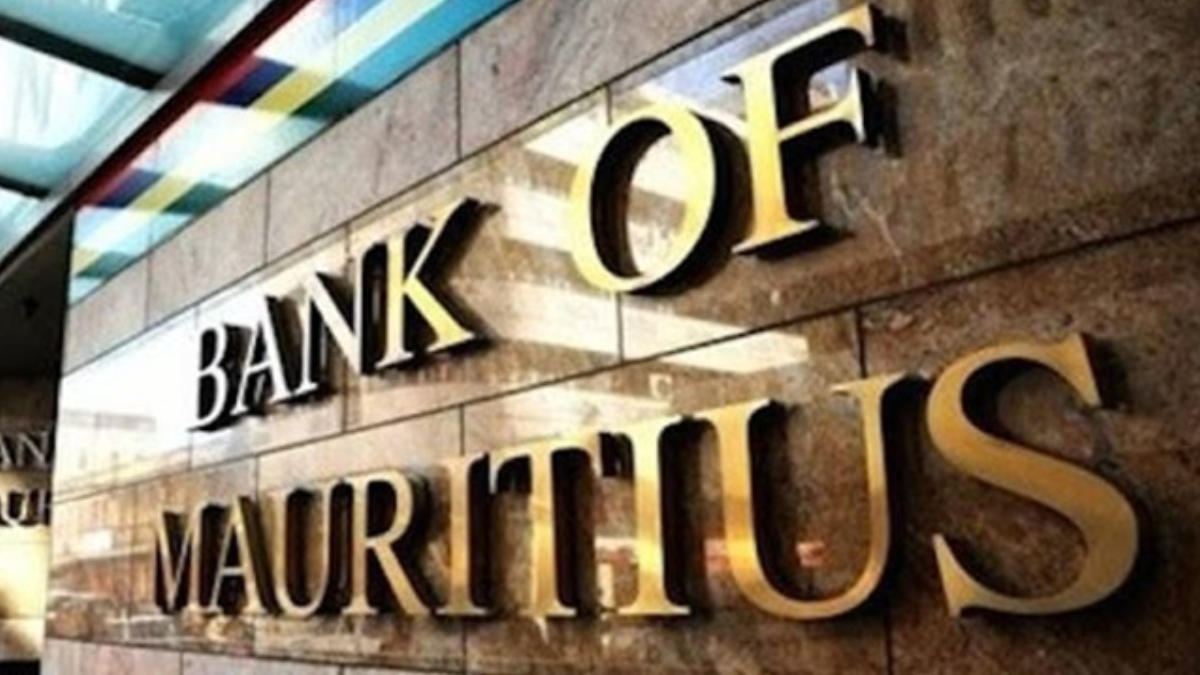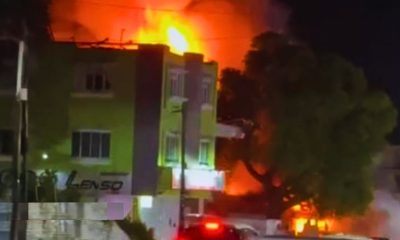News
Bold Move, Opposing Views: BoM to Destroy Rs 28 Billion to Curb Inflation

The Bank of Mauritius (BoM) plans to destroy a recovered fund of Rs 28 billion, a decision that has ignited a heated debate among economists and the public. The move, aimed at controlling the money supply and preventing inflation, is part of the central bank’s strategy to manage liquidity.
The funds were recovered by the Mauritius Investment Corporation (MIC), which was established to provide financial assistance during the economic crisis.
The BoM’s First Deputy Governor, Rajeev Hasnah, stated that the recovered funds would be “destroyed” once returned to the central bank.
Hasnah explained that the decision is a necessary monetary policy to avoid an excessive money supply that could lead to inflationary pressures.
Economic Experts Weigh In
Economists are divided on the wisdom of the decision. While some acknowledge the technical rationale behind the destruction, others have voiced strong reservations.
Economist Bhavish Jugurnath explained that the destruction of the funds is technically justifiable but stressed the need for transparent communication to avoid public mistrust.
He suggested that the BoM and the MIC should clearly explain the reasons for this measure and its positive impact on the country’s financial stability.
Jugurnath also proposed that the equivalent of the funds could be symbolically used for public interest projects like infrastructure or social services to give a concrete meaning to the management of public funds.
However, economist and academic Chandan Jankee has expressed significant concerns, arguing that destroying the money could worsen the country’s economic difficulties, especially amid a slow recovery and persistent inflation.
He pointed out that the rupee has not yet stabilised and a restrictive monetary policy could exacerbate existing problems.
Jankee highlighted that an injection of these funds into productive sectors could stimulate private investment and economic activity, while their destruction might stifle economic momentum.
Alternatives and Legal Framework
A key point of contention is whether the funds could have been used for public spending, such as pensions or social services.
According to Jankee and Jugurnath, this is not a viable option. The funds originated from a specific monetary issuance for crisis management, not from tax revenue.
Using them for government spending would be tantamount to monetising the public deficit, which could lead to increased inflationary pressure and undermine the independence and credibility of the BoM.
Jankee suggested an alternative: using the recovered funds to create a credit line for strategic investments in sectors like the blue economy, climate change solutions, and innovation. This, he argued, would have a positive “multiplier effect” on the economy.
The central bank’s actions are governed by the Bank of Mauritius Act, which gives it the authority to issue, manage, and destroy currency to ensure monetary stability.
The Problem with Public Perception
The decision has raised questions about its effectiveness and the public’s perception of “destroyed money.”
An anonymous economist questioned the feasibility of the BoM’s timeline, noting that a significant portion of the funds from the MIC’s loans is tied up in long-term commitments that will mature over several years.
Additionally, critics argue that the current inflation is not solely due to excess liquidity.
Structural factors, such as the depreciation of the rupee and dependency on imports, also play a significant role.
They maintain that monetary policy alone cannot fix these deep-seated issues without broader fiscal, trade, and industrial policies.
A Defi Media source also refuted the claim that these funds contributed to inflation, stating that a large portion of the money initially created for the MIC was never injected into the real economy.
This raised further questions about the necessity of the proposed destruction and its ultimate impact.
Source: Defi Media











